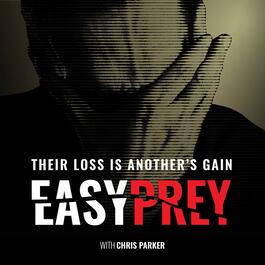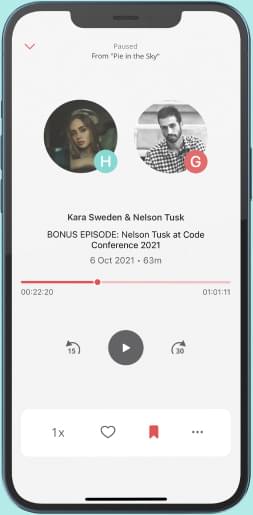
How do phishing scams, AI-powered attacks, and strategic governance intersect? Together, they're redefining the future of cybersecurity. Organizations are navigating a mix of challenges and implementing innovative solutions to proactively address today's threats. Today's guest is Kelly Hood. She is the EVP and cybersecurity engineer at Optics Cyber Solutions. She is a CISSP who specializes in implementing cybersecurity and privacy best practices to manage risks and to achieve compliance. She supports the NIST cybersecurity framework and serves as a CMMC registered practitioner, helping organizations strengthen their cybersecurity posture and develop effective risk management strategies. Show Notes: [01:06] - Kelly is a cyber security engineer at Optic Cyber Solutions. It's her job to help companies protect themselves. [02:17] - Don't be embarrassed if you fall for a phishing scam. [03:01] - These attempts are getting more realistic. Kelly shares how she was briefly fooled by a phishing scam that looks like an email from her mother. [05:25] - The NIST Cybersecurity Framework is a voluntary framework for defining cybersecurity. An update was put out in February of 2024. They also added a new function. [06:01] - The five functions that organize a cybersecurity program have been to identify, protect, detect, respond, and recover. They recently added the govern function. [06:38] - The govern function is about defining your business objective and then putting protections in place that makes sense for those objectives. [09:01] - The identify function is focused on knowing what we have. [09:40] - Protect includes everything from identity management, authentication, training, data security, and platform security. [10:12] - Detect is looking at what's happening around us. It's continuous monitoring and knowing what happens if something goes wrong. [11:00] - Respond is knowing what the plan is when something does happen. [12:01] - Recover is about getting back to normal after something happens. [16:22] - Data centers want to make sure that they have redundant power supplies. [17:33] - We discuss some of the things that people might forget when identifying cybersecurity assets. Data and people need to be thought about as well as systems and hardware. [21:00] - We need to write things down and understand what systems and data connections we have. [23:10] - We talk about the importance of being aware of the physical space and who is actually supposed to be there. [24:46] - Data is one of the assets that often gets overlooked for protection. There are many new requirements that require data to be protected. [27:54] - Monitoring to understand what traffic you should expect and what is and isn't normal activity is also important. [31:10] - Transparency and communication are paramount for creating trust. [33:51] - Sometimes recovery doesn't mean 100%. Get up and running and prioritize the systems that matter most. [36:56] - With governance, you really want to look at what you're trying to do with the business and then translate cybersecurity to fit that objective. [37:27] - Have guidance documentation in place and have oversight. Thanks for joining us on Easy Prey. Be sure to subscribe to our podcast on iTunes and leave a nice review. Links and Resources: Podcast Web Page Facebook Page whatismyipaddress.com Easy Prey on Instagram Easy Prey on Twitter Easy Prey on LinkedIn Easy Prey on YouTube Easy Prey on Pinterest Optic Cyber Solutions (MaPT) Maturity and Progress Tracker Optic Cyber Solutions on LinkedIn Optic Cyber YouTube NIST Cybersecurity Framework
From "Easy Prey"


Comments
Add comment Feedback